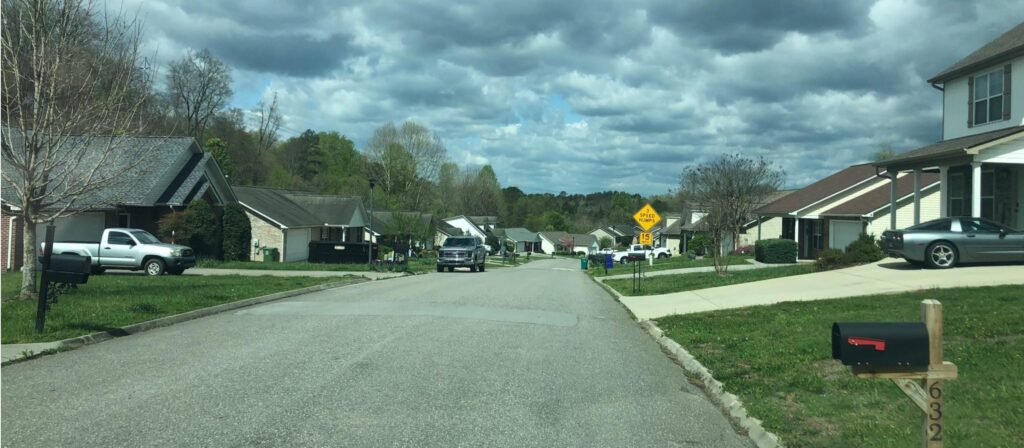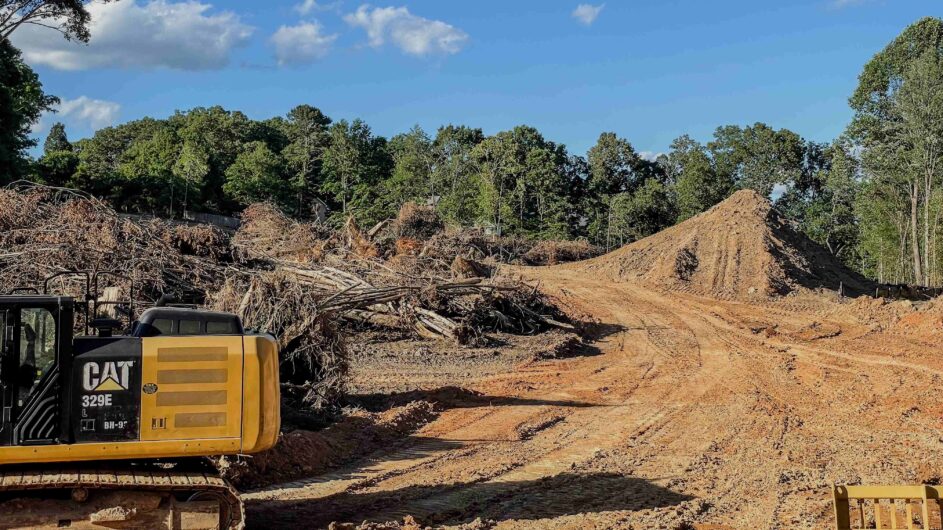The final piece of Advance Knox – the Comprehensive Land Use and Transportation Plan – will be voted on by Knox County Commission on Monday, April 22.
The two-year Advance Knox process had substantial public involvement, and we are grateful for the hard work of professional staff, the consultants, our elected officials and the thousands of residents who participated in the public input. The public process surfaced four major themes:
- A need for more housing (especially affordable housing)
- A strong desire to protect our rural heritage and open spaces
- Coordination of schools with growth and
- More predictable land use processes
The draft plan delivers on several of these priorities. It proposes future town centers and more mixed uses in areas that already have good infrastructure and services. The plan proposes actions to increase coordination between the county, the schools and other utilities and public service agencies. This is excellent!
These mixed use / town center areas are a fiscal net-positive for Knox County, vs. the fiscal drain that each new subdivision built at 1-3 units per acre is on the taxpayers. Yes – you read that right – new low-density subdivisions cost the county more in new infrastructure and services than they bring in with new revenue. Much of our growth for the last 30 years hasn’t paid for itself.
Rural protection, predictability
Unfortunately, the draft of the plan that county commission will consider next week doesn’t do much for rural protection and predictable land use, yet, but we have proposals that address that shortcoming.
Strong Protections for Rural Character and Natural Beauty. Farms and natural areas that are close to the city are an important reason many of us choose to live, work and raise families in Knox County. But tomorrow as you drive past a former farm that was recently cleared for a subdivision, consider this: Tennessee lost nearly 90,000 acres of farmland last year – No. 3 in the country. We’re losing the equivalent of two counties every five years, according to the UT Institute of Agriculture.

The Carter Mill community in East Knox County is zoned for two dwelling units per acre. Does this match your vision of “rural?”
Two (2) dwelling units per acre isn’t sufficient protection for our rural landscape. Yes, it’s a reduction from the 3 units per acre currently allowed, but our homebuilders have, and will continue to, profitably develop subdivisions where 2 units per acre are permitted. Houses there will be more expensive and require more farmland, than at three units per acre. Meanwhile in the Planned Growth Area, our Rural Place Types allow consideration of up to 5 units per acre, which nobody considers “rural.”
Other Tennessee counties that are getting serious about land loss are going the opposite direction – capping rural development to 1 unit every 5 acres. We can lower the density and direct development away from the rural areas of the county if we are willing to honor the public’s wishes and recognize the importance of preserving our agrarian and pastoral heritage.
Predictable Land Use. Our plan must have integrity, predictability and consistency. The community is weary of changes in our land use policies every month. There were 151 applications for sector plan amendments in a 5-year period ending 2023, and 77% of those were approved by the Planning Commission.
After 2+ years of public involvement and professional expertise, the Comprehensive Land Use and Transportation Plan is a good plan, but it needs to be strengthened. We don’t want the market forces and political influences of the day to change the plan each month, disregarding the substantial public process and data analysis that informed Advance Knox. The criteria to amend the plan need to be strengthened from its current draft.
Phase in Northeast Knox Growth. Haven’t we learned from Hardin Valley? It’s the poster child for develop first, then build the expensive infrastructure to service the new growth. Yet, we are about to repeat this mistake.
The recently approved Growth Plan added 4,900 acres of Ritta / Maloneyville to our Planned Growth Area. The Comprehensive Plan proposes much of that new area as Suburban Residential (subdivisions) and also 550 acres of Traditional Neighborhood on land owned by Smithbilt at Wise Springs Road.
There are no new parks in the plan, no new schools on the horizon and the only transportation project is a wish-list item to widen Washington Pike (for which there is no cost estimate or planning timeline). We need to keep that northeast Knox expansion designated rural until we have a plan to put the infrastructure in place, then phase in the growth.
We support the Advance Knox process and appreciate that the county undertook it. We are hopeful that – with some final improvements – the new Comprehensive Land Use Plan will set a direction for our county’s future that all of us and our descendants will be proud of. Before it’s finalized, county commission needs to strengthen it in ways that might not be popular with big dollar political donors, but that are in the best interest of their 500,000 constituents.
Kevin Murphy is a co-founder of the Knox County Planning Alliance and is on the leadership team of Advocates for Balanced Growth.

